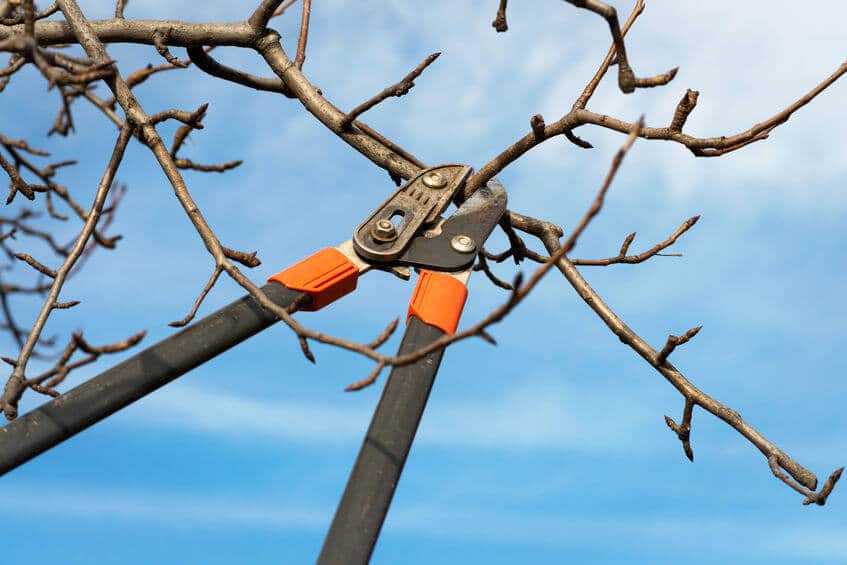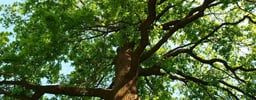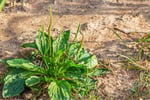Overseeding is a transformative process that breathes new life into your turf. This process fills in patchy areas, creating a lush, uniform lawn. It also works well as a measure to suppress weed growth since dense grass crowds out weeds, reducing the need for herbicides. Further, thick turf withstands drought and disease, promoting long-term lawn health. In this guide, we'll delve into the details of overseeding and its benefits.
 What Is Overseeding?
What Is Overseeding?
The Benefits of Overseeding
Understanding what is overseeding helps property owners appreciate its benefits:
- Improved Density: Over time, lawns can become sparse due to foot traffic, disease, or natural thinning. Overseeding reintroduces new grass varieties, increasing the density of the turf and filling in gaps for a uniform, plush appearance.
- Enhanced Weed Control: A dense, healthy lawn naturally suppresses weed growth by crowding out unwanted plants. Overseeding promotes turf thickness, creating a competitive environment where weeds struggle to establish a foothold.
- Seasonal Adaptation: Different grass species thrive in varying climate conditions. Overseeding allows homeowners to introduce grass varieties better suited to their region's climate, ensuring year-round vitality and resilience.
- Disease Resistance: By diversifying the grass species within the lawn, overseeding can bolster its resistance to diseases and pests. Various grass types reduce the risk of widespread damage from specific pathogens or insects.
- Improved Soil Health: Overseeding increases organic matter by decomposing grass clippings and roots. This enriches the soil, promoting better nutrient retention and moisture absorption. Additionally, deeper root systems from new grass improve soil structure, reducing erosion and compaction, ultimately fostering a healthier growing environment for your lawn.
 The Science Behind Overseeding
The Science Behind Overseeding
Proper Seed Selection
Selecting the right seeds for overseeding is necessary to achieve successful results. Property owners should consider climate, soil type, and the existing grass species when choosing seeds. Opt for high-quality seeds compatible with your lawn's conditions to ensure robust growth and seamless integration with existing turf.
When to Overseed
Timing is crucial when it comes to overseeding your lawn. Homeowners should watch for signs indicating that their turf could benefit from this rejuvenating process. Consider the following:
1. Seasonal Considerations
-
Fall is often the optimal time for overseeding, as cooler temperatures and ample moisture create favorable conditions for seed germination and establishment.
-
Spring can also be suitable in some regions, but avoid overseeding during extreme heat or drought periods.
-
Consider your grass type and local climate when determining the best time for overseeding.
2. Signs Your Lawn Needs Overseeding
-
Patchy or thin areas in the lawn indicate grass decline.
-
Bare spots are caused by heavy foot traffic, pet use, or disease.
-
Weeds proliferated due to sparse grass coverage.
-
Soil erosion or compaction issues affecting grass growth.
-
Overall decline in lawn health and appearance despite regular maintenance efforts.
Overseeding should be timed strategically, considering seasonal factors, and prompted by signs of lawn distress to ensure optimal results.
 The Overseeding Process
The Overseeding Process
Proper preparation, meticulous seeding techniques, and diligent post-overseeding care are essential to achieve a lush and vibrant lawn through overseeding.
-
Mow the existing grass to a short height.
-
Remove any debris and thatch buildup.
-
Loosen the soil surface to improve seed-to-soil contact.
-
Consider aerating compacted areas to enhance seed penetration.
Seeding Process
- Select high-quality grass seed suitable for your lawn's conditions.
- Use a broadcast or handheld spreader to distribute the seeds evenly.
- Apply the seeds at the recommended rate, typically 4-8 pounds per 1,000 square feet.
- Lightly rake the seeds into the soil to ensure good seed-to-soil contact.
- Water the seeded area thoroughly but gently to moisten the soil.
Post-Overseeding Care
- Water regularly to keep the soil moist but not waterlogged.
- Avoid heavy foot traffic in newly seeded areas.
- Fertilize as needed to promote healthy seedling growth.
- Monitor for signs of germination and adjust watering accordingly.
- Mow the lawn once the new grass reaches a height of 3 inches.
You'll soon enjoy a revitalized and resilient lawn with proper preparation, seeding techniques, and post-overseeding care.
Work with Seasoned Lawn Care Experts
The overseeding process may seem complex, and homeowners may need to be better equipped or experienced enough to do the job correctly. This is where specialists from Senske come in to help. Our team understands overseeding and how to perform it correctly. We have proudly served various communities in Idaho, Utah, Colorado, and Washington since 1947. Call (877) 944-4007 or fill out our online contact form to request an estimate from our specialists.










